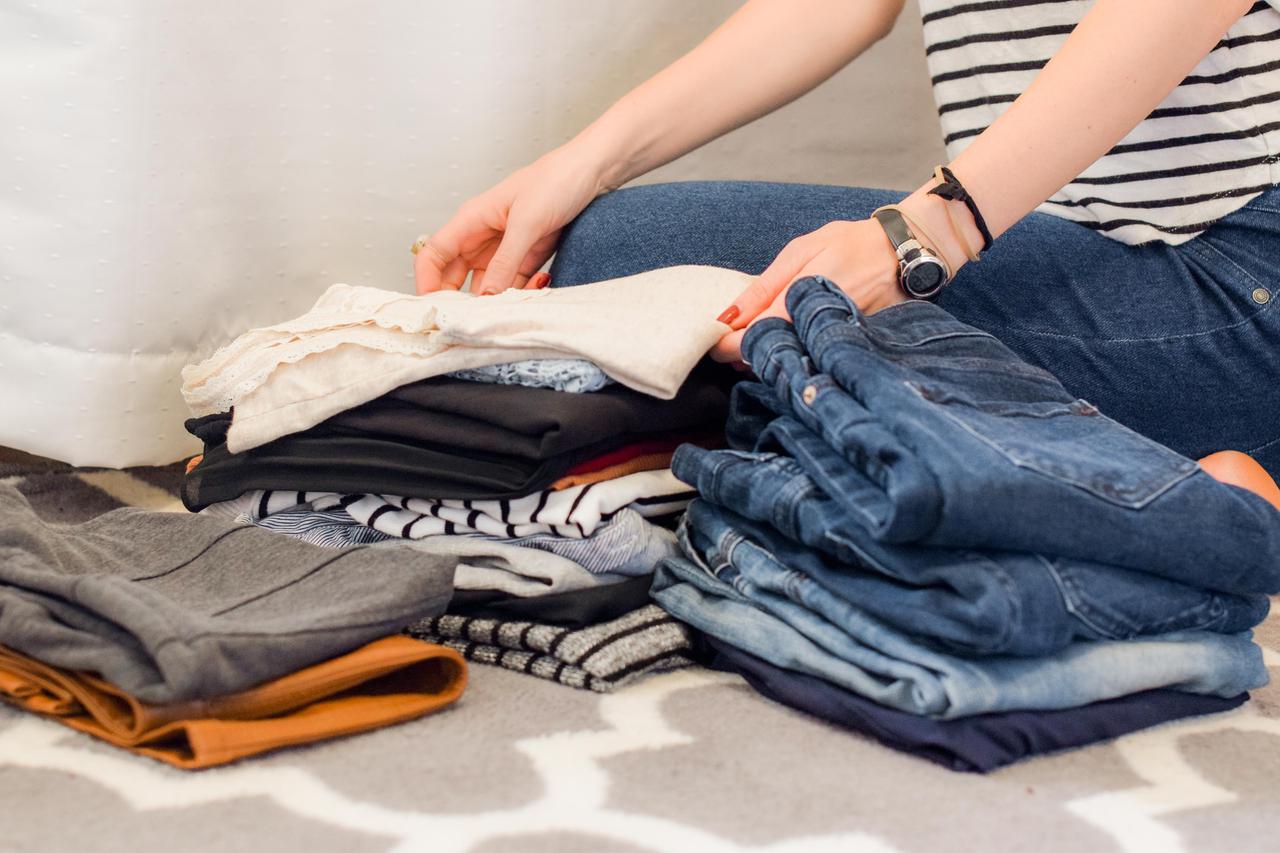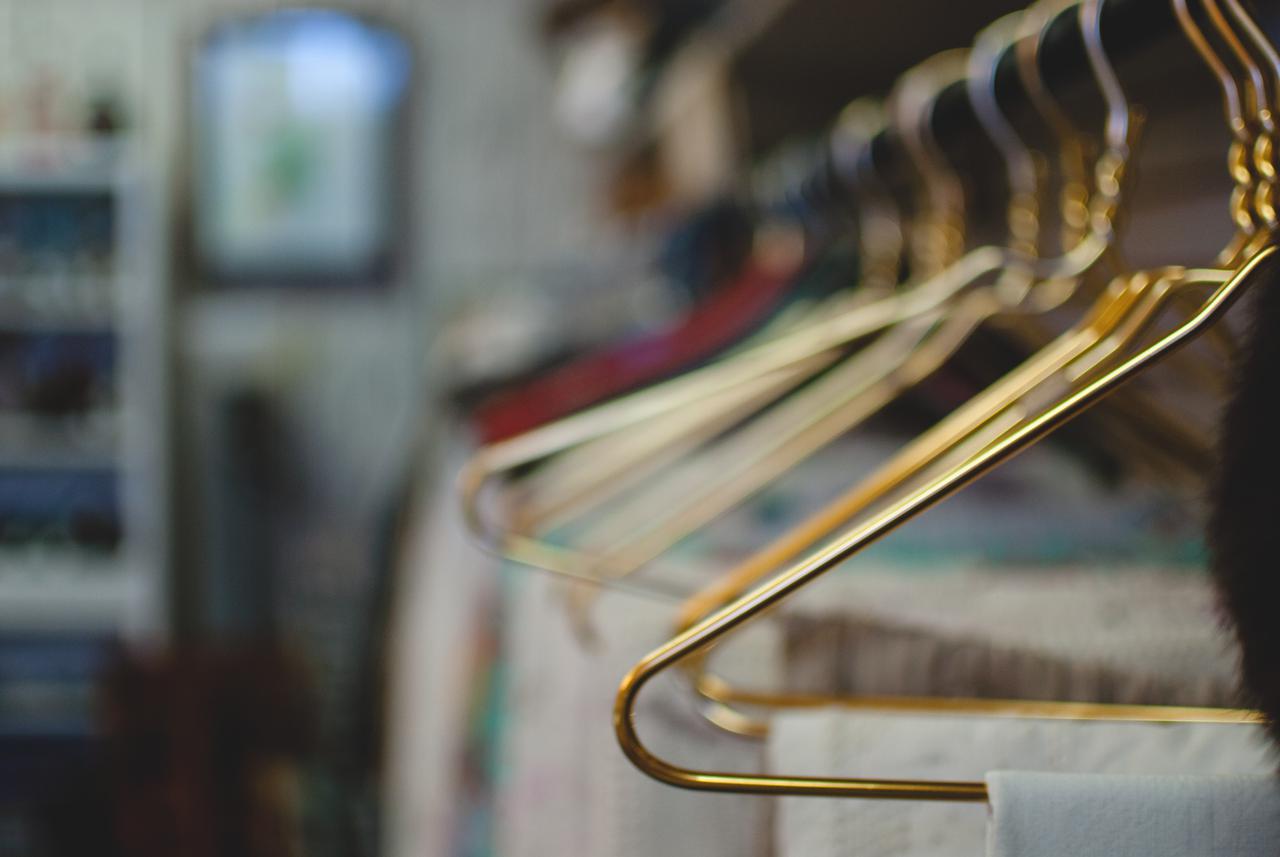As a personal stylist, I always recommend doing a closet edit before big clothing hauls, especially when planning next season's wardrobe. This can help you prune your closet, identify what you’re lacking, and save money by only buying what you need.
Let’s take a closer look at what exactly closet editing is, and how to plan your fall 2020 wardrobe like a pro using my approach:
What is closet editing?
In simple terms, closet editing means coming up with a list and a plan before you go shopping, but it involves much more than that.
Closet editing is all about aligning your clothes with your true tastes, elevating your style, identifying what you need for the upcoming season, and overall, whipping your wardrobe into shape.
As we all know, quality clothing is expensive. With a good closet edit, you can save money by investing in pieces that you actually need, not trendy items that you’ll wear once.
Closet editing tips
Interested in trying this out for yourself? Follow these closet editing tips to get started:
1. Pull everything that needs to go
First thing’s first: take a good look at your wardrobe and decide on what you can ditch asap. Remove any ill-fitting or unflattering items, as well as anything that is stained or outdated. Well-loved pieces that are worn out should also go.
During this process, stay mindful of any favorites in your closet. Are you drawn to specific silhouettes or colors? Do certain necklines look best on you? Jot these down for your shopping list. This will give you a clearer sense of what your personal style is.
2. Set aside items that can be tailored and updated
Some outdated or ill-fitting items may be salvageable. For example, you might have an old coat that’s in great condition, but it just needs to be streamlined or shortened. Or, you might have a quality dress with an outdated hemline that would instantly look modern with a slight alteration.
With this approach, you can reinvest in your favorites and breathe new life into older pieces. When you’re ready to get rid of clothes that didn't make the cut, be sure to donate them rather than throwing them away. Many cities have convenient drop-off centers for clothing and textile donations. NYC residents can find a map of all drop-off locations in the city here.

3. Identify your seasonal needs
I always recommend doing a full closet edit before each season. For those of us in New York, this means four times per year. If you live in a less fashion-conscious city, or in an area without discernible seasons, then twice yearly is perfectly fine.
First, separate your items by season. Your fall/spring piles should have pieces that are more transitional, and your summer/winter piles should include stable, straight-forward pieces. Move any out-of-season items to another storage area besides your closet. Now, you should only have what you need for the upcoming season in front of you.
Next, separate your seasonal items into different categories, such as: dresses, pants, shirts, tops, and outerwear. Take a look at each category and ask yourself:
- Am I missing anything?
- Is there any area of my wardrobe that is unbalanced?
- Do I need more staple items? (Yes, you do need more than one jacket for fall!)
Afterward, you should easily be able to create a shopping list of exactly what you’re missing. Feel free to also experiment with new outfit combinations and snap pictures for inspiration. You can use these as a template when planning next season's fashion selections.
Struggling with your closet edit? I’d love to help
The hardest person to style is yourself, and I’d be happy to point you in the right direction. My closet edit services can be done in person with pre-arranged safety guidelines, or through virtual styling appointments.
Contact me today to get started.
